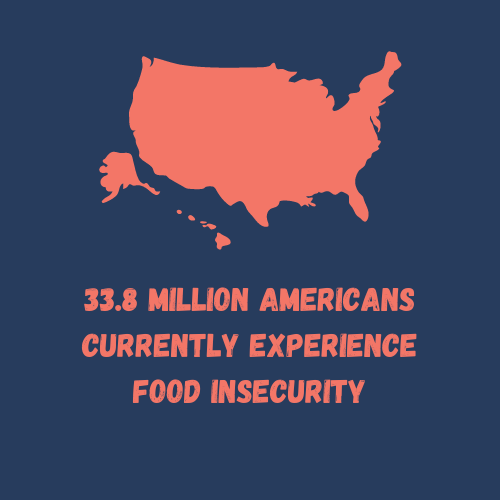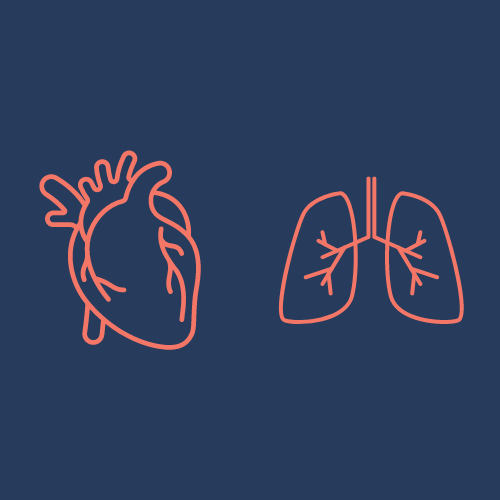What Is Food Insecurity?
According to a study published by Feeding America, every county in the United States is home to someone who is food insecure. Chances are, you interact with someone at least once a week who is food insecure: at school, at the park, even at the grocery store. Single mothers are most at-risk, and one-in-seven children in the United States often wonder where their next meal will come from.
Food insecurity is broader than just hunger. While those experiencing very low food security experience consistently lower food intake and disruptions in meal schedules, food insecurity also incapsulates those with little or no access to healthy food. Neighborhoods experiencing food apartheid (formerly called “food deserts”) and food swamps are major contributors to food insecurity in rural and segmented urban areas.
Food Insecurity in the United States
One-in-seven children across the United States face food insecurity.
76 counties across the United States have no grocery store, and 19 million Americans have limited access to a grocery store.
One-in-four single mothers face food insecurity, compared to one-in-ten married-couple households with children.
Black and Hispanic Americans are twice as likely to experience food insecurity than white Americans.
One-in-three food insecure Americans don’t qualify for federal food assistance programs like SNAP.
Senior citizens experiencing food insecurity are 53 percent more likely to have a heart attack and 52 percent more likely to develop asthma.
Food Insecurity in the DC-Metro Area
One-in-three people in the DC-Metro area faced food insecurity at some point in the last 12 months.
Households with children located in the DC area are twice as likely to experience food insecurity.
One-third of those impacted by food insecurity in the DC-Metro region are children.
Food Insecurity in Prince George’s County, Maryland
48 percent of PG County’s residents reported some level of food insecurity in the last 12 months.
Nearly 75 percent of PG County’s population is overweight or obese, which is correlated strongly with a lack of access to nutritious food.
Nearly one-fifth of Maryland’s food insecure population lives in PG County.













